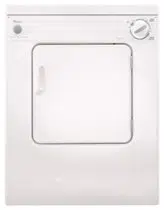Documents: Go to download!
User Manual
- User Manual - (English, French)
- Energy Guide - (English)
- DRYER USE
- DRYER CARE
- TROUBLESHOOTING
Table of contents
Owner Manual Dryer
DRYER USE

Starting Your Dryer
WARNING - Explosion Hazard
- Keep flammable materials and vapors, such as gasoline, away from dryer.
- Do not dry anything that has ever had anything flammable on it (even after washing).
- Failure to follow these instructions can result in death, explosion, or fire.
WARNING - Fire Hazard
- No washer can completely remove oil.
- Do not dry anything that has ever had any type of oil on it (including cooking oils).
- Items containing foam, rubber, or plastic must be dried on a clothesline or by using an Air Cycle.
- Failure to follow these instructions can result in death or fire.
WARNING: To reduce the risk of fire, electric shock, or injury to persons, read the IMPORTANT SAFETY INSTRUCTIONS before operating this appliance.
Before using your dryer, wipe the dryer drum with a damp cloth to remove dust from storing and shipping.
- Clean the lint screen before or after each cycle. See “Cleaning the Lint Screen.”
- Load clothes loosely into the dryer and close the door. Do not pack the dryer. Allow space for clothes to tumble freely.
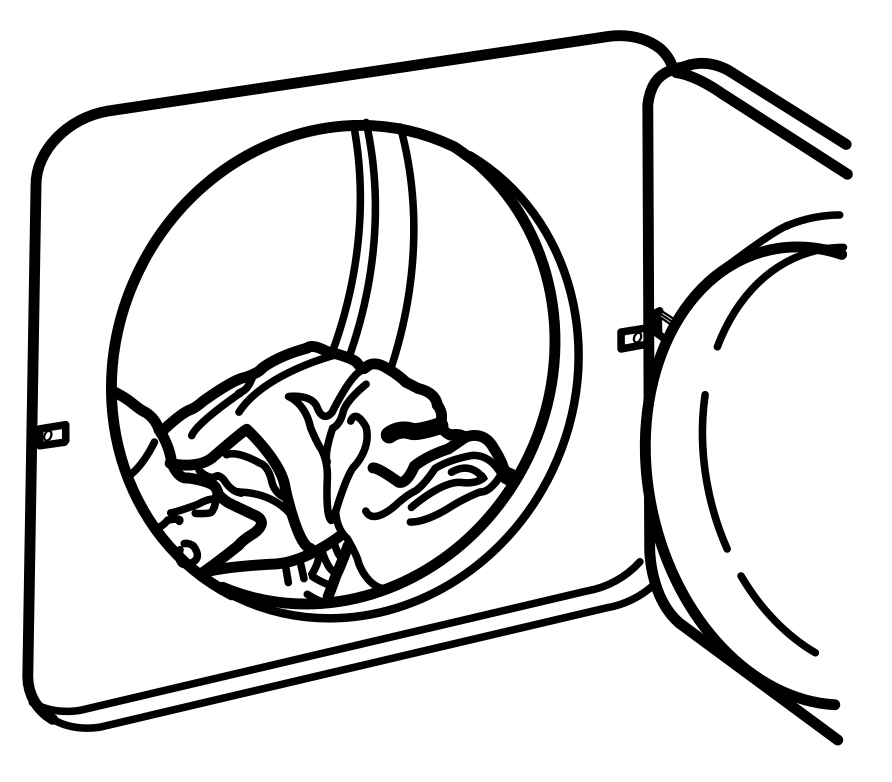
- Turn the Cycle Control knob to the recommended cycle for the type of load being dried. Use the Energy Preferred Automatic Setting ( * ) to dry most heavyweight and medium weight loads. See “Drying, Cycle, and Temperature Tips.”
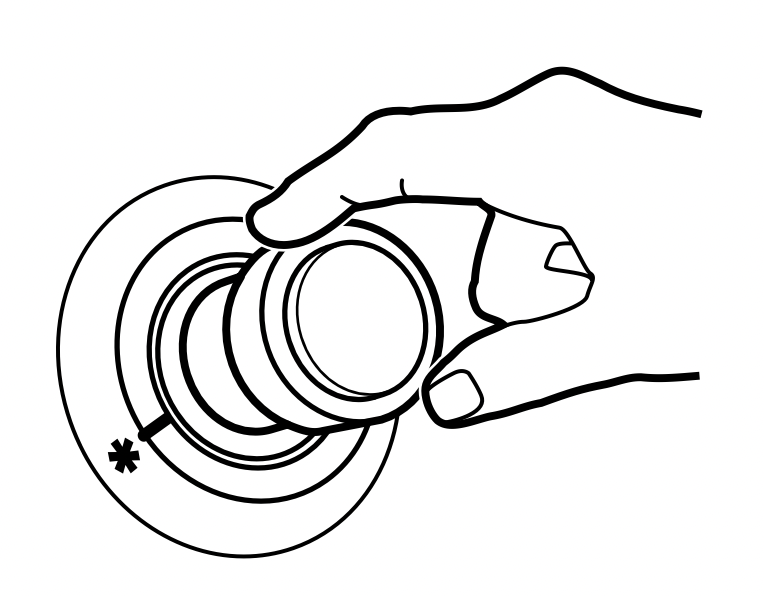
- Press the PUSH TO START button.
Stopping and Restarting
You can stop your dryer any time during a cycle.
To stop your dryer
Open the dryer door or turn the Cycle Control knob to OFF.
NOTE: The Cycle Control knob should point to an Off area when the dryer is not in use.
To restart your dryer
- Close the door.
- Select a new cycle and temperature (if desired).
- Press the PUSH TO START button.
Loading
Load clothes loosely into the dryer. Do not overload the dryer. Allow space for clothes to tumble freely. The following chart shows the maximum load you can place in your compact dryer. Expect longer drying times.

Drying, Cycle, and Temperature Tips
Select the correct cycle and temperature for your load.
Your dryer tumbles the load without heat during the last few minutes of all cycles to make the load easier to handle.
Drying tips
- Follow care label directions when they are available.
- If desired, add a fabric softener sheet. Follow package instructions.
- Remove the load from the dryer as soon as tumbling stops to reduce wrinkling. This is especially important for permanent press, knits, and synthetic fabrics.
Cycle and temperature tips
- Dry most loads using the Energy Preferred Automatic Setting ( * ).
- Use a no heat (air) setting for rubber, plastic, or heat-sensitive fabrics.
- Line dry bonded or laminated fabrics.
NOTE: If you have questions about drying temperatures for various loads, refer to the care label directions.
Cycles
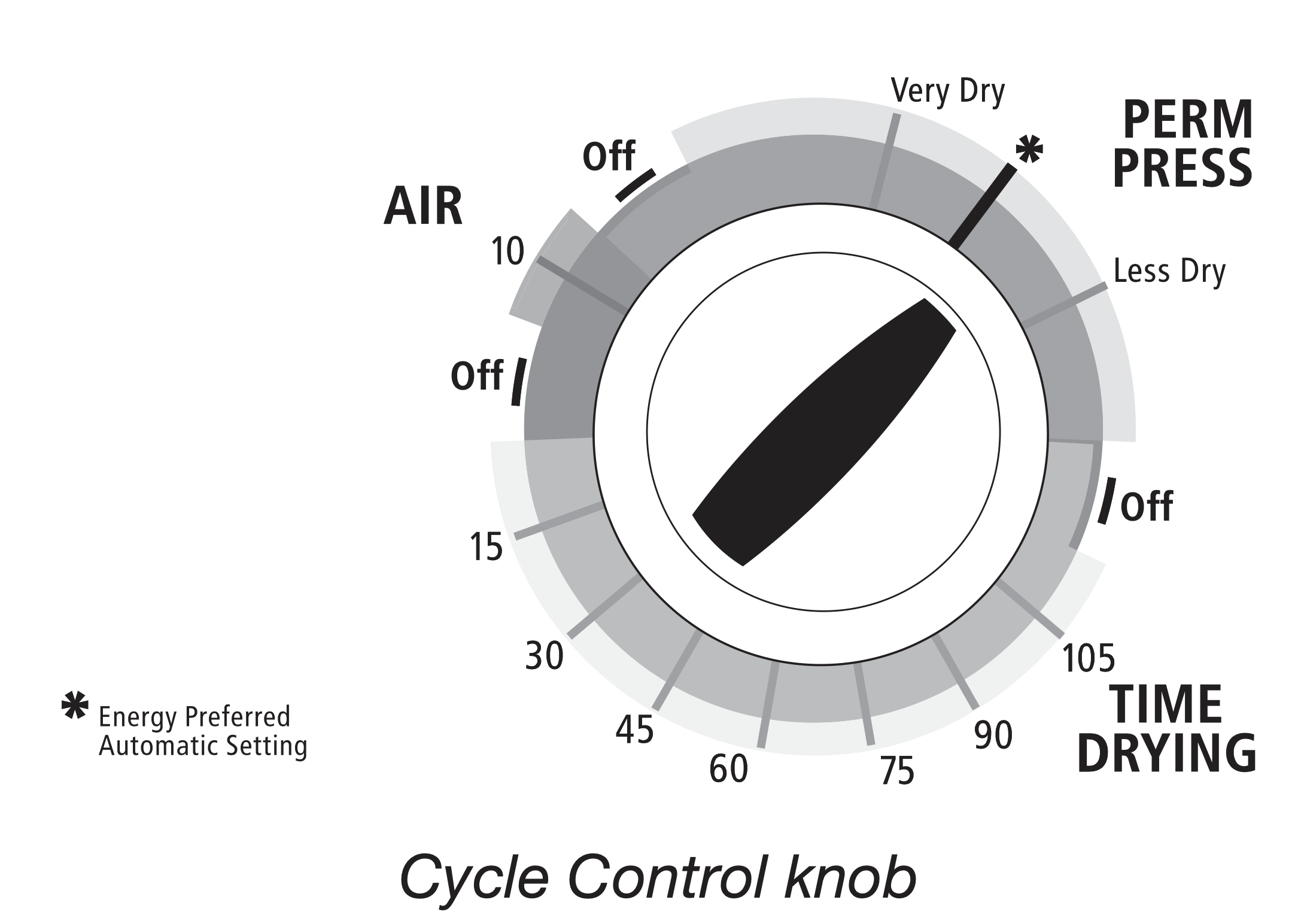
Perm Press
This automatic cycle shuts off the dryer when the selected dryness is reached. The Cycle Control knob does not move until the load is almost dry. After the cool down, the knob automatically turns to an Off area and tumbling stops.
Dry most loads using the Energy Preferred Automatic Setting ( * ).
- If the load is drier than you like, select a setting closer to Less the next time you dry a similar load.
- If the load is not as dry as you like, complete drying using the Timed Drying cycle. The next time you dry a similar load, select a setting closer to Very Dry.
NOTE: Drying time with an automatic cycle varies according to the type of fabric and size of load.
Air Cycle
Use this cycle for items that require drying without heat, such as rubber, plastic, and heat-sensitive fabrics. See the chart for examples of items that can be dried using an air cycle.
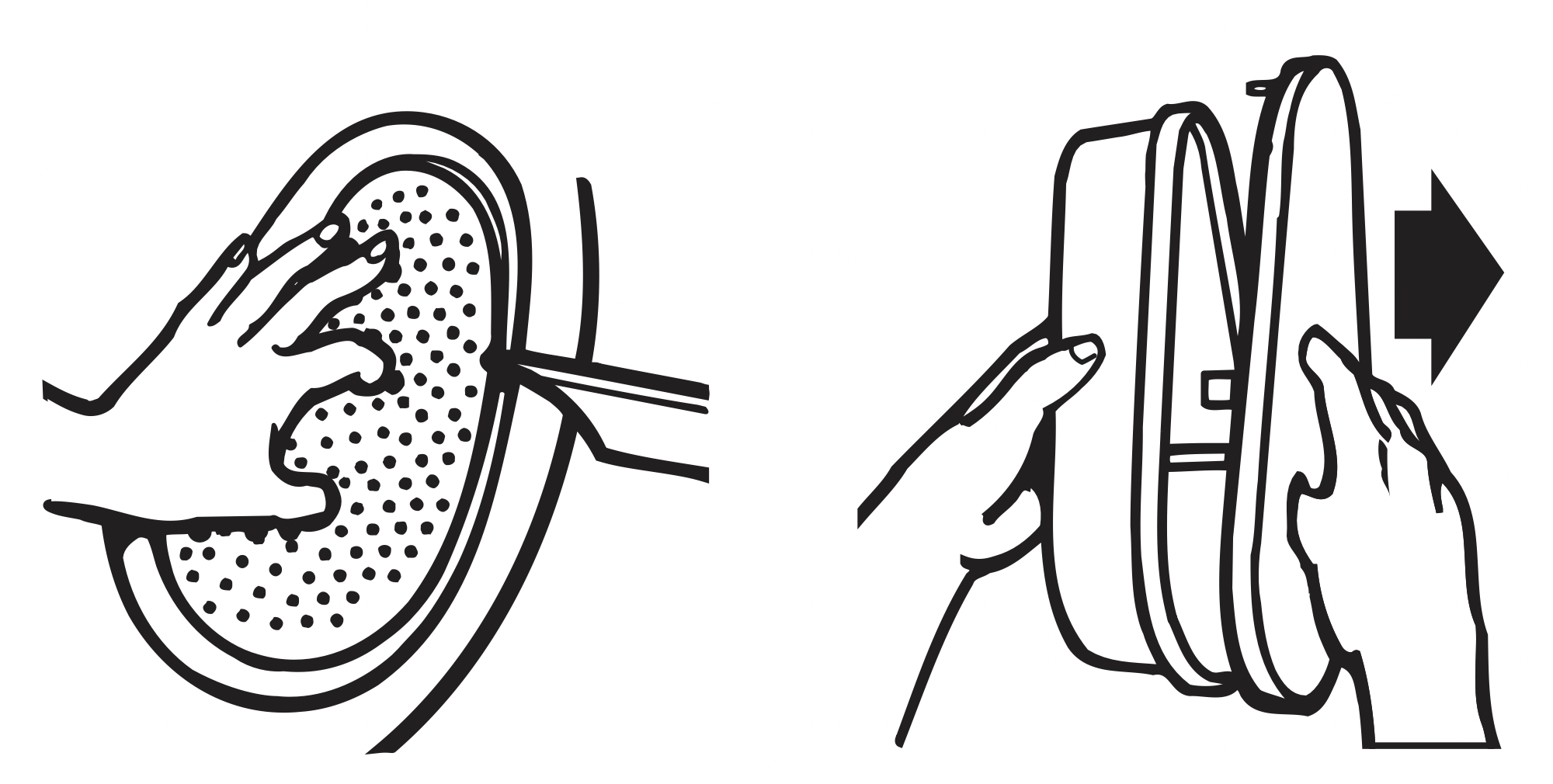
*(Minutes). Reset cycle to complete drying, if needed.
When using an air cycle
- Check to see that coverings are securely stitched.
- Shake and fluff pillows by hand periodically during cycle.
- Dry item completely. Foam rubber pillows are slow to dry.
Timed Drying Cycle
Use this cycle to complete drying if items are still damp after the automatic cycle.
Timed Drying is also useful for:
- Heavyweight items and work clothes that require a long drying time.
- Lightweight items, such as lingerie, blouses, and knits that require a short drying time.
For damp dry, turn the Cycle Control knob to 30 minutes or less.
End of Cycle Signal
The dryer sounds a signal to let you know when the cycle is finished. The signal is not adjustable and cannot be turned off. The signal is helpful when you are drying permanent press, synthetics, and other items that should be taken out as soon as the dryer stops.
DRYER CARE
Cleaning the Dryer Location
Keep dryer area clear and free from items that would obstruct the flow of combustion and ventilation air.
WARNING - Explosion Hazard
- Keep flammable materials and vapors, such as gasoline, away from dryer.
- Place dryer at least 18 inches (460 mm) above the floor for a garage installation.
- Failure to follow these instructions can result in death, explosion, or fire.
Cleaning the Lint Screen
Every load cleaning
The lint screen is located inside the dryer drum, on the back wall. Clean it before each load. A screen blocked by lint can increase drying time.
To clean
- Open the door and pull the lint screen straight out.
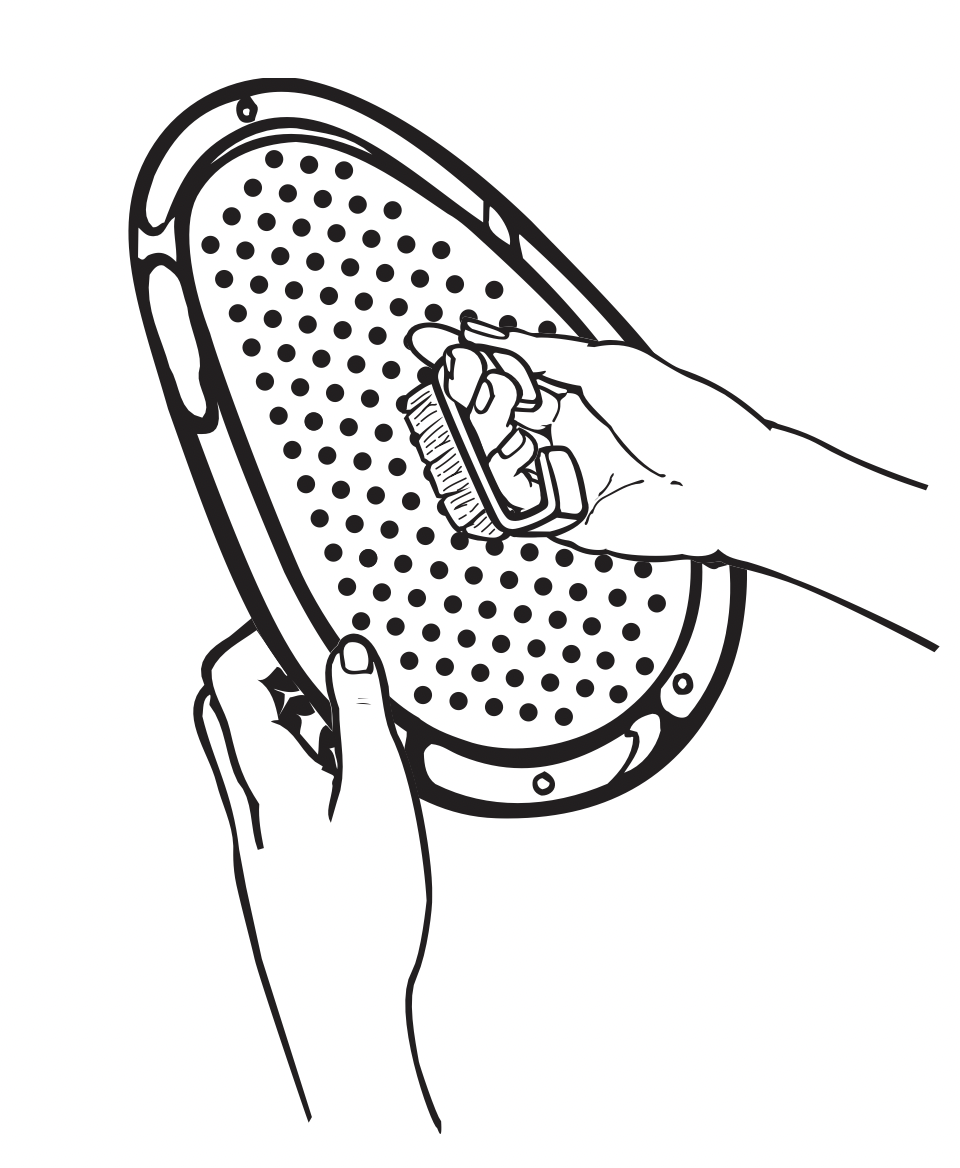
- Squeeze body of lint screen lightly wh ile pulling off the cover.
- Roll lint off the screen with your fingers. Do not rinse or wash screen to remove lint. Wet lint is hard to remove.
- Replace cover on lint screen body. Push the lint screen firmly back into place and close the door.
IMPORTANT:
- Do not run the dryer with the lint screen loose, damaged, blocked, or missing. Doing so can cause overheating and damage to both the dryer and fabrics.
- Some towels made of synthetic fibers and natural fibers (polyester and cotton blends) may shed more lint than other towels, causing your dryer’s lint screen to fill up faster. Be sure to remove lint from the lint screen before and after drying new towels.
As needed cleaning
Laundry detergent and fabric softener residue can build up on the lint screen. This buildup can cause longer drying times for your clothes, or cause the dryer to stop before your load is completely dry. The screen is probably clogged if lint falls off the screen.
Clean the lint screen iw th a nylon brush every six months, or more frequently if it becomes clogged due to a residue buildup.
To wash
- Roll lint off the screen with your fingers.
- Wet both the lint screen cover and body with hot water.
- Wet a nylon brush with hot water and liquid detergent. Scrub lint screen cover and body iw th the brush to remove residue buildup.
See other models: YWMC30516HN YWFE550S0HW YWFC150M0EB YWML75011HB YWGE745C0FS
[IMAGE] - Rinse with hot water.
- Thoroughly dry lint screen body and cover iw th a clean towel .
Replace in dryer.
Cleaning the Dryer Interior
To clean dryer drum
- Make a paste with powdered laundry detergent and very warm water.
- Apply paste to a soft cloth.
OR
Apply a liquid, nonflammable household cleaner to the stained area and rub with a soft cloth until all excess dye is removed. - Wipe drum thoroughly with a damp cloth.
- Tumble a load of clean cloths or towels to dry drum.
NOTE: Garments which contain unstable dyes, such as denim blue jeans or brightly colored cotton items, may discolor the dryer interior. These stains are not harmful to your dryer and will not stain future loads of clothes. Dry unstable dye items insideout to prevent dye transfer.
Removing Accumulated Lint
From Inside the Dryer Cabinet
Lint should be removed every 2 years, or more often, depending on dryer usage. Cleaning should be done by a qualified person.
From the Exhaust Vent
Lint should be removed every 2 years, or more often, depending on dryer usage.
Vacation and Moving Care
Vacation care
Operate your dryer only when you are at home. If you will be on vacation or not using your dryer for an extended period of time, you should:
- Unplug dryer or disconnect power.
- Clean lint screen. See “Cleaning the Lint Screen.”
Moving care
- Unplug the power supply cord.
- Make sure leveling legs are secure in dryer base.
- Use masking tape to secure dryer door.
TROUBLESHOOTING
First try the solutions suggested here and possibly avoid the cost of a service call...
Clothes are not drying satisfactorily
- The compact dryer operates at a lower wattage. Expect longer drying times.
- Check the following:
- Is the wire exhaust guard removed from the back of the dryer?
- Is the lint screen clogged with lint?
- Is the exhaust vent or outside exhaust hood clogged with lint, restricting air movement? Run the dryer for 5-10 minutes. Hold your hand under the outside exhaust hood to check air movement. If you do not feel air movement, clean exhaust system of lint or replace exhaust vent with heavy metal or flexible metal vent. See “Installation Instructions.”
- Is the exhaust vent crushed or kinked? Replace with heavy metal or flexible metal vent. See “Installation Instructions.”
- Has an air dry cycle been selected? Select the right cycle for the types of garments being dried. See “Drying, Cycle, and Temperature Tips.”
- Are fabric softener sheets blocking the grille? Use only one fabric softener sheet and only use it once.
- Is the automatic cycle ending early? This cycle will end early if dryer load is not contacting the sensor strips. Level the dryer. See “Installation Instructions.”
- Is the dryer located in a room with temperature below 45ºF (7ºC)?
- Proper operation of dryer cycles requires temperatures above 45ºF (7ºC).
- Was a cold rinse water used? Was the load very wet?
- Expect longer drying times with items rinsed in cold water and with items that hold moisture (cottons).
- Is the load too large and heavy to dry quickly?
- Separate the load to tumble freely.
Dryer will not run
- Check the following:
- Is the power cord plugged into a grounded 3 prong outlet?
- Has a fuse blown, or has a circuit breaker tripped?
- Was a regular fuse used? Use a time-delay fuse.
- Is the dryer door firmly closed?
- Was the PUSH TO START button firmly pressed?
- Is a cycle selected?
Unusual sounds
- Has the dryer had a period of non-use?
- If the dryer hasn’t been used for a while, there may be a thumping sound during the first few minutes of operation.
Lint on load
- Is the lint screen clogged?
- Clean lint screen. Check for air movement.
- Is the load properly sorted?
- Sort lint givers (towels, chenille) from lint takers (corduroy, synthetics). Also sort by color.
- Is the load too big or too heavy?
- Dry smaller loads so lint can be carried to the lint screen.
- Was the load overdried?
- Use correct dryer settings for load type. Overdrying can cause lint-attracting static electricity. See “Drying, Cycle, and Temperature Tips.”
- Was paper or tissue left in pockets?
- Is pilling being mistaken for lint?
- Pilling (surface fuzz) is caused by normal wear and laundering.
Stains on load or color change
- Was dryer fabric softener properly used?
- Add dryer fabric softener sheets at the beginning of the cycle. Fabric softener sheets added to a partially dried load can stain your garments.
- Were items soiled when placed in the dryer?
- Items should be clean before being dried.
- Were items properly sorted?
- Sort light colors from dark colors. Sort colorfast items from noncolorfast items.
Items shrinking
- Was the dryer overloaded?
- Dry smaller loads that can tumble freely.
- Did the load overdry?
- Check the manufacturer’s care label. Match dryer setting to load type. See “Drying, Cycle, and Temperature Tips.”
Loads are wrinkled
- Was the load removed from dryer at the end of the cycle?
- Was the dryer overloaded?
- Dry smaller loads that can tumble freely.
- Did the load overdry?
- Check the manufacturer’s care label. Match dryer setting to load type. See “Drying, Cycle, and Temperature Tips.”
Odors
- Have you recently been painting, staining, or varnishing in the area where your dryer is located?
- If so, ventilate the area. When the odors or fumes are gone from the area, rewash and dry the clothing.
- Is the dryer being used for the first time?
- The new electric heating element may have an odor. The odor will be gone after the first cycle.
Garment damage
- Check the following:
- Were zippers, snaps, and hooks left open?
- Were strings and sashes tied to prevent tangling?
- Were care label instructions followed?
- Were items damaged before drying?
